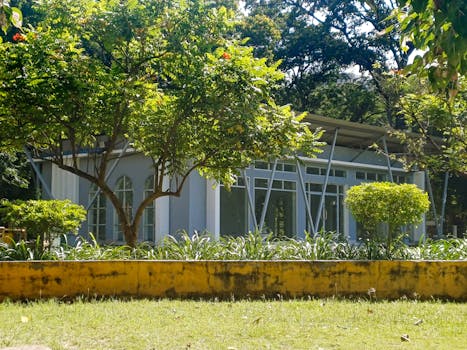
Traveling Through Time: How Europe’s Historical Heritage Shapes Modern Lifestyles in 2025
Traveling Through Time: How Europe’s Historical Heritage Shapes Modern Lifestyles in 2025. Europe, a continent steeped in history and tradition, continues to captivate travelers and locals alike with its rich cultural heritage. From the Colosseum in Rome to the Eiffel Tower in Paris, Europe’s historical landmarks are a testament to the continent’s enduring legacy. But Europe’s historical heritage is not just about preserving the past; it also plays a significant role in shaping modern lifestyles in 2025.
Introduction to Europe’s Historical Heritage
Europe’s historical heritage is a diverse and complex tapestry, woven from the threads of countless cultures, empires, and civilizations. From the ancient Greeks and Romans to the Renaissance and beyond, Europe’s history has been marked by periods of significant cultural, scientific, and artistic achievement. This legacy can be seen in the continent’s stunning architecture, from the Gothic cathedrals of Northern Europe to the Baroque palaces of Italy.
How Historical Heritage Shapes Modern Lifestyles
So, how does Europe’s historical heritage shape modern lifestyles in 2025? One way is through the preservation and restoration of historical buildings and landmarks. Many of these structures have been converted into museums, hotels, and restaurants, allowing visitors to experience the past in a unique and immersive way. For example, the medieval city of Prague is home to numerous historical buildings, including the famous Charles Bridge, which has been restored to its former glory.
In addition to architecture, Europe’s historical heritage also influences modern lifestyles through its impact on cuisine. Traditional European dishes, such as Italian pasta, French escargots, and Spanish tapas, continue to be popular in 2025, with many modern chefs incorporating historical ingredients and cooking techniques into their recipes. Furthermore, the continent’s rich wine-making traditions, dating back to ancient times, remain an integral part of European culture and identity.
Cultural Events and Festivals
Europe’s historical heritage also comes alive through its numerous cultural events and festivals, which take place throughout the year. From the Carnival of Venice to the Oktoberfest in Munich, these events showcase the continent’s vibrant cultural diversity and provide a glimpse into its rich history. Many of these festivals have their roots in ancient traditions, such as the Spanish Tomatina festival, which dates back to the 18th century.
In conclusion, Europe’s historical heritage plays a profound role in shaping modern lifestyles in 2025. From architecture to cuisine, cultural events to traditional festivals, the continent’s rich history continues to captivate and inspire people around the world. Whether you’re a history buff, a foodie, or simply a curious traveler, Europe’s historical heritage has something to offer everyone.




